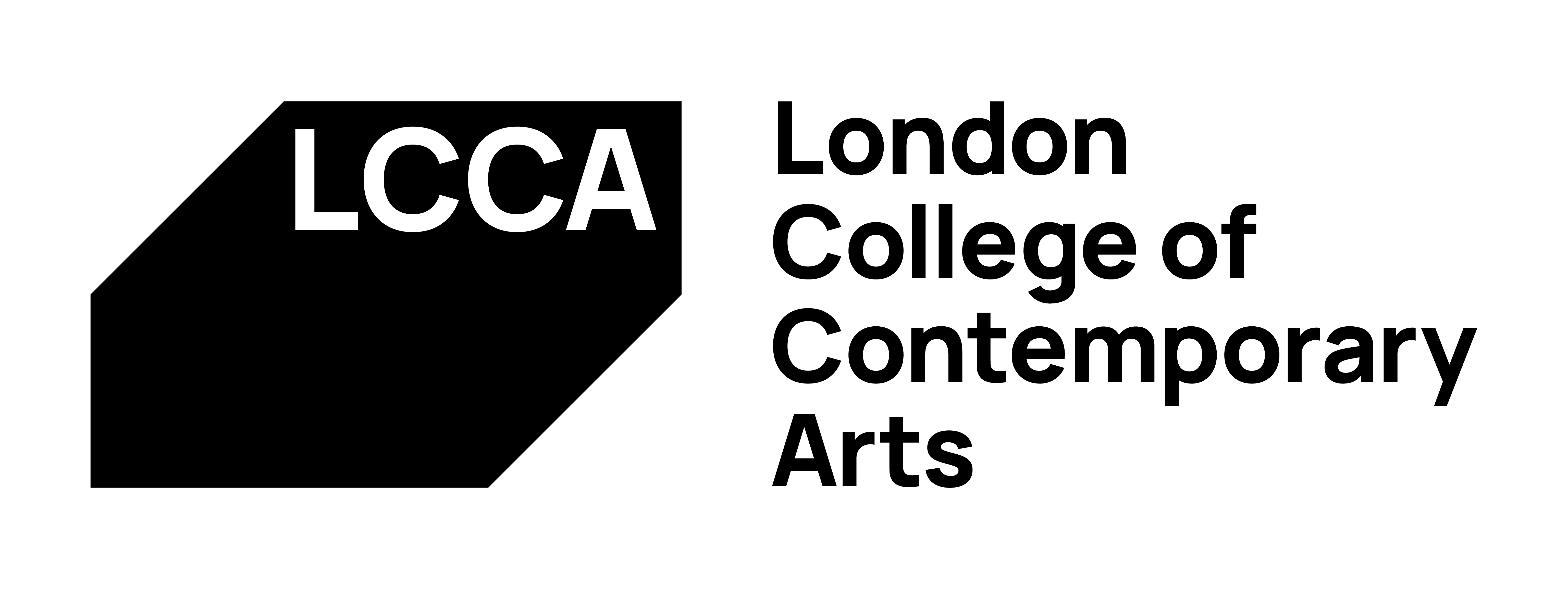When future employers or clients go looking for you online which they will - you’ll want to nudge them towards your best bits first: portfolio, press clippings, CV or booking info. But how exactly do you get quality hits to show up, rather than a video of the time you attempted the cinnamon challenge? No need to worry; you can boost your online presence with just a couple of smart strategies.
Claim your name
The most important thing is to be consistent. Whether you’re using your real name (Bob Beluga), a brand name (Bob Beulga Designs) or a wacky handle (@thatbobguy), try to stick with the same one across all your public profiles.
There’s definitely an argument for brewing a name+brand strategy early on. Not only can it help you stand out if you’ve got a common name, but it’s immediately obvious what you do. A brand name also gives you a chance of being found by people looking for someone in your professional who don’t know you personally.
While you’re at it, try to incorporate your chosen name into URLs for extra findability. With some social profiles, that’s taken care of when you choose a username – just keep an eye on it when signing up.
Concentrate on content
There’s no point doodling your brand name all over your pencil case: you need something to hang it on. That could be your own website, a portfolio site or your social media accounts. Getting your own website is a prime place to start (no techy skills required!), but whichever you choose, make the most of it:
- Use the tips above when naming your own website and grabbing a URL. You can check if the combos you want are available with a ‘domain checker’ or through a web host.
- Keep your site or social profile updated or post regularly – and make the most of your visual content (sketches, illustrations, art work, videos).
- Decide what you want people to think or do when they visit your pages/profiles and tailor content, structure and features towards that.
- Don’t forget to include an obvious way for people to contact you!
Don’t feel you have to stick to your own sites, either: consider guest posts or even takeovers on other accounts/sites (and return the favour). It all helps make you more discoverable!
Choose your hangouts
If you want to get noticed, it makes sense to hang out where your skills will be rated. LinkedIn may sound more corporate than creative, but setting up a profile makes sense because it’s so geared towards professional networking and job-hunting.
Otherwise, social media is prime territory for creatives because it’s all about the visual. Instagram, Tumblr, Twitter… pick one (or several) and get your work out there. Remember it’s about conversations too: seek out people you want to be like or want to work with, and make a connection. In other words, don’t just wait for people to come to you hand you work on a plate.
Don’t ignore YouTube: it’s got a huge global reach, plus tons of engaged users who will share your content for you if they like it. Showcase your artwork, processes, shoots, how-tos or just ‘your story’. And yes, loads of people have already realised it’s another way to unleash stunningly creative CVs on the world!
Keep some things private
So, you’ve got some prime content out there: great! What about the stuff you’re not so keen on publicising – can you bury the bad bits later, right? Not always - which is why it pays to think twice before posting rants, memes or inappropriate jokes online.
If that’s a tall ask, the first thing to do is tweak the security or broadcast settings for your social accounts so that they’re not flaunting your wares in the public domain. The other option is to have different profiles for personal and professional use. You use your real name, photo and email address on the accounts you want to be visible, and use them as professional tools to show off your best bits.

